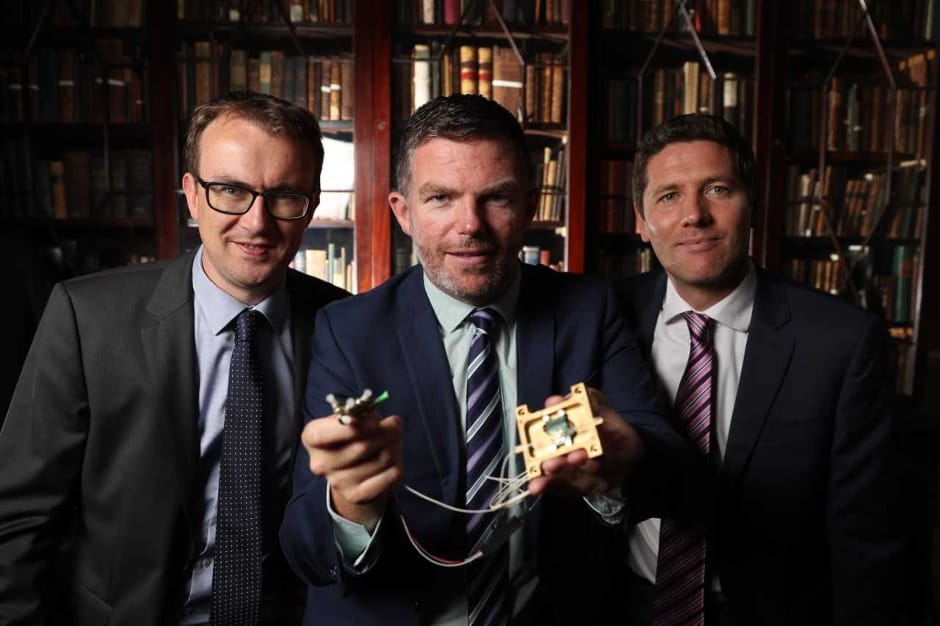
Pilot Photonics’ technology is an optical comb source (OCS), a versatile laser system that enables constellations of satellites to communicate at higher speeds, an important consideration for handling large volumes of data that satellites currently gather and transmit. The company's OCS is claimed to absorb one-third of the power of competing approaches at a fraction of the cost.
The investment, made by Kernel through The Bank of Ireland Kernel Capital Funds in syndication with Dublin Business Innovation Centre, follows a contract from the European Space Agency (ESA) through its Advanced Research in Telecommunications Systems (ARTES) entry programme.
Company CEO Frank Smyth said the PICSAL (Photonic Integrated Combs for Space Applications) project will require the development of an RF drive source, a dedicated optical package, and a new optical comb laser source based on photonic integration.
The company will also develop a housing and driver module for the comb source as well as conduct verification and initial space readiness tests.
“Once all of this is complete, the goal is to begin to examine its use for space applications including optical inter-and-intra satellite communication, fibre optic sensing for structural health monitoring on satellites, as a light source for rubidium atomic clocks, gas spectroscopy, and other applications,” he said.
According to Jules Braddell, director of Engineering, the main challenges encountered so far are related to the photonic integrated circuits themselves, particularly their optical coatings which play a major role in reliability.
“Given the harsh environmental testing that is required, special sputtered coatings need to be used,” he said. “We have also chosen to use a more rugged optical package for this application than we would for our terrestrial applications, again on account of the harsh environment conditions that these devices will one day have to face.”




Nanogenerator consumes CO2 to generate electricity
Nice to see my my views being backed up by no less a figure than Sabine Hossenfelder https://youtu.be/QoJzs4fA4fo